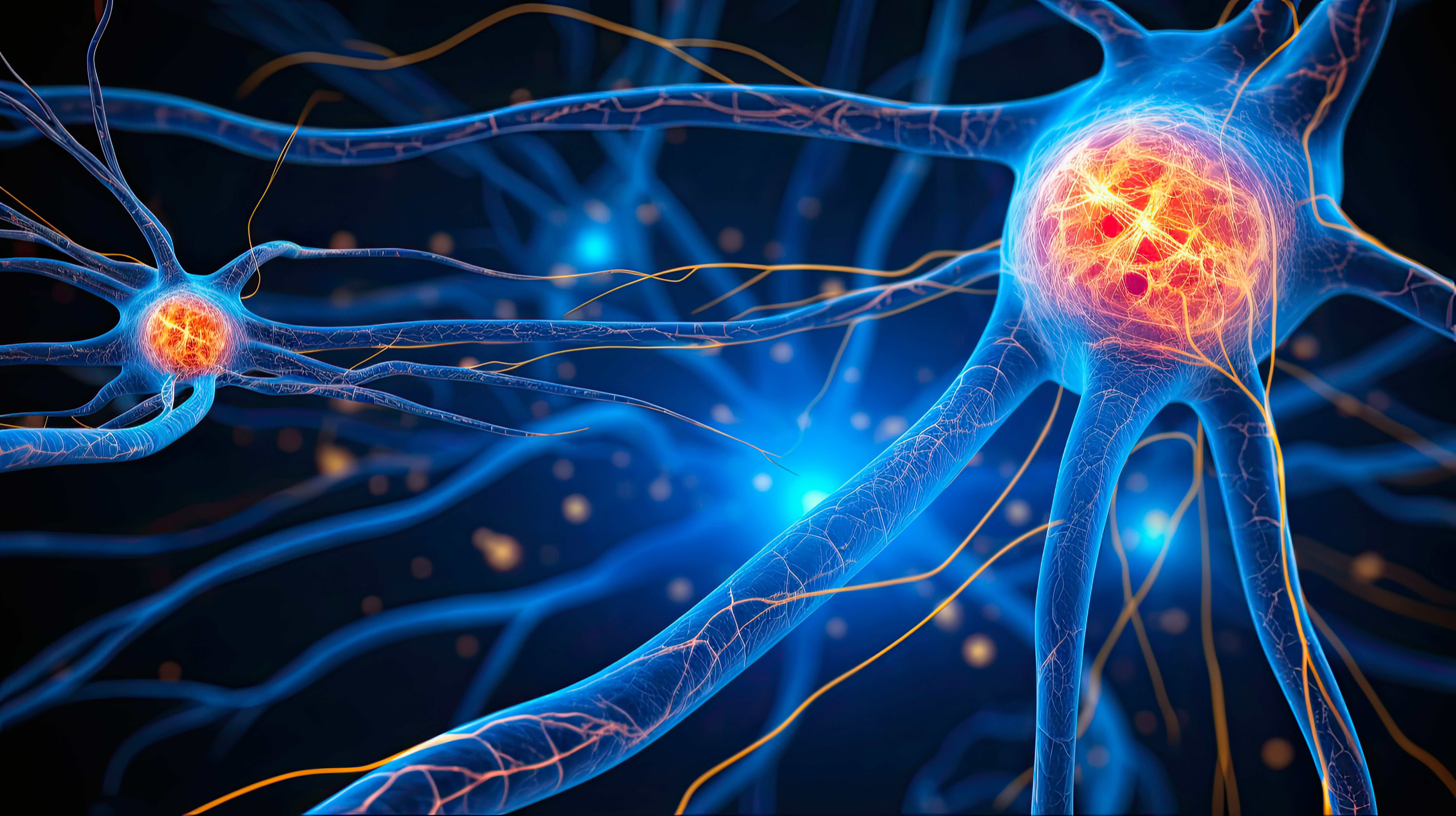FDA Clears Neuralace Medical’s Noninvasive Axon Therapy for Painful Diabetic Neuropathy
Axon Therapy uses magnetic peripheral nerve stimulation to deliver a non-invasive treatment for chronic pain related to nerve damage caused by diabetes.
Image credit: AIGen | stock.adobe.com

The FDA has granted clearance to Neuralace Medical’s Axon Therapy, which is a noninvasive treatment for chronic pain related to nerve damage caused by diabetes, known as painful diabetic neuropathy (PDN).1 Axon Therapy utilizes a pioneering approach of magnetic peripheral nerve stimulation (mPNS) to deliver a quick, painless, and non-invasive treatment.
"The FDA clearance of Axon Therapy is a monumental step forward in the treatment of PDN," said Keith Warner, CEO of Neuralace Medical, in a press release. "This first-of-its-kind, non-invasive solution embodies our commitment to innovative, patient-centered care, offering effective pain relief without the drawbacks of conventional, more invasive treatments."1
A session with the device lasts 13.5 minutes and uses magnetic pulses to alleviate pain, which Neuralace stated is a pioneering approach that represents a significant advancement in pain management.
Axon Therapy is completely noninvasive, using mPNS to treat the damage. The system sends magnetic pulses through the skin that stimulate peripheral nerve cells that are involved in the body’s pain relief mechanism but have suffered damage from conditions such as diabetes, as well as injuries, burns, and surgical procedures.
PDN is related to high blood sugar that causes injuries to nerves throughout the body, but most frequently involves damage to nerves in the legs and feet. Symptoms of the condition include pain and numbness in the legs, feet, and hands, but PDN may also affect the digestive system, urinary tract, blood vessels, and heart. Up to 50% of patients with diabetes may be affected by the condition.2
The regulatory action was based on efficacy findings from a double-blind, multi-center, randomized controlled trial (RCT) that enrolled 71 patients. Investigators randomly assigned 21 patients to a sham cohort and 50 patients to the mPNS active cohort. At 30 days, the sham cohort was granted an opportunity to cross over to the active cohort (CX group). The trial’s primary endpoint was day 30 visual analog scale pain score (VAS), with secondary endpoints that include patient-reported outcomes. The investigators noted significant improvements in patient outcomes, according to Neuralace Medical.
These outcomes include a 72.3% responder rate in the active cohort at day 30; a 57.6% average drop in VAS pain score in the active cohort at day 30; a 35% average reduction in numbness in the active cohort at day 30; and a 20% average reduction in QoL-DN total score at day 30. Further, at day 90, the active cohort showed an 81.4% responder rate and the CX group showed an 88.9% responder rate, with PGIC responder rates of 93.0% in the active cohort and 83.3% in the CX group.
"These results not only demonstrate the effectiveness of Axon Therapy in reducing pain and numbness associated with PDN but also highlight its role in significantly enhancing the quality of life for patients," said study principal investigator Lora Brown, MD, in a press release.1
Additionally, the device provides a non-addictive alternative treatment option for hard-to-treat nerve pain, reducing the need for opioids or other pain medications.
“Neuralace Medical's Axon Therapy represents a paradigm shift in PDN treatment, offering a non-pharmacological and non-invasive option that could reduce dependence on medications and their associated side effects,” Neuralace Medical stated in the release.1 “This clearance paves the way for broader access to innovative pain management strategies and underscores Neuralace's commitment to advancing patient care through technology.”
References
1. Neuralace Medical Announces FDA Clearance of Axon Therapy for Chronic Painful Diabetic Neuropathy. Neuralace Medical. News release. January 11, 2024. https://www.prnewswire.com/news-releases/neuralace-medical-announces-fda-clearance-of-axon-therapy-for-chronic-painful-diabetic-neuropathy-302032205.html
2. Diabetic neuropathy. Mayo Clinic. Webpage. Updated April 22, 2022. https://www.mayoclinic.org/diseases-conditions/diabetic-neuropathy/symptoms-causes/syc-20371580
Addressing Disparities in Psoriasis Trials: Takeda's Strategies for Inclusivity in Clinical Research
April 14th 2025LaShell Robinson, Head of Global Feasibility and Trial Equity at Takeda, speaks about the company's strategies to engage patients in underrepresented populations in its phase III psoriasis trials.
Pfizer Discontinues Development of Danuglipron for Chronic Weight Management
April 15th 2025Despite meeting key pharmacokinetic goals, a potential case of drug-induced liver injury led Pfizer to conclude that danuglipron’s risk-benefit profile did not support further development for chronic weight management.
Key Findings of the NIAGARA and HIMALAYA Trials
November 8th 2024In this episode of the Pharmaceutical Executive podcast, Shubh Goel, head of immuno-oncology, gastrointestinal tumors, US oncology business unit, AstraZeneca, discusses the findings of the NIAGARA trial in bladder cancer and the significance of the five-year overall survival data from the HIMALAYA trial, particularly the long-term efficacy of the STRIDE regimen for unresectable liver cancer.